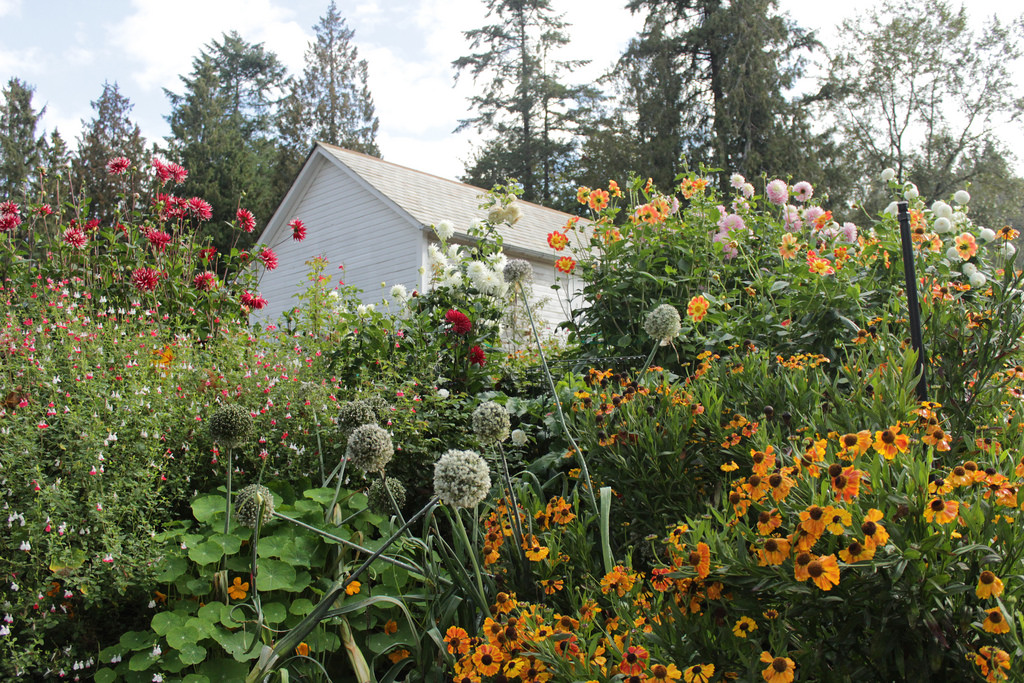CONGRESSIONAL DISTRICT: 01 LEGISLATIVE DISTRICT: 39 WRIA: 7 CITY, COUNTY: Snohomish, Snohomish County PROJECT SUMMARY The Snohomish River is the second largest producer of Endangered Species Act-listed Chinook salmon in the Puget Sound. The Moga Farm...
Cherry Creek Restoration Project
CONGRESSIONAL DISTRICT: 01 LEGISLATIVE DISTRICT: 45 WRIA: 7 CITY, COUNTY: Duvall, King County COST: $703,000 PROJECT SUMMARY Cherry Creek is the Snoqualmie River's lowest major tributary; its location provides high recovery-benefit potential for Chinook, Coho, and...
Fir Island Restoration
CONGRESSIONAL DISTRICT: 2 LEGISLATIVE DISTRICT: 10 WRIA: 3 CITY, COUNTY: Skagit, Skagit County Project Summary The Skagit River and its delta provide habitat to some of the largest runs of Chinook, pink, and chum salmon in the state. Tidal wetlands protect and feed...
Lyre Conservation Area
CONGRESSIONAL DISTRICT: 6 LEGISLATIVE DISTRICT: 24 WRIA: 18 CITY, COUNTY: Dungeness, Clallam County Project Summary The Western Strait of Juan de Fuca, a migratory corridor for Puget Sound salmon, is characterized by small pocket estuaries and high-energy beaches. The...
Calistoga Levee Setback
CONGRESSIONAL DISTRICT: 8 LEGISLATIVE DISTRICT: 2 WRIA: 10 CITY, COUNTY: Orting, Pierce County Project Summary Man-made levee systems disconnect the river from its floodplain and prevented the large river systems from meandering. In Orting, the Puyallup River would...
Puget Sound National Coastal Wetlands Conservation
In early 2017, the U.S. Fish and Wildlife Service awarded the Washington State Department of Ecology with $4.7 million in National Coastal Wetlands Conservation grants to fund six projects to restore and protect wetlands in Puget Sound and the Grays Harbor area. The...
Smith Island
The Smith Island Estuary Restoration Project will benefit threatened salmon, restore ecological systems, and improve flood control and recreation across the region by: Removing a historic levee, excavating channel networks, and installing wood placements to improve...
Lower Big Quilcene
The Lower Big Quilcene restoration project is in the design phase of developing community-supported actions to improve flood protection for the town of Quilcene, over 30 homes, and road access to the largest employer in Jefferson County—Coast...
Lower Dungeness River
The Lower Dungeness River Floodplain Restoration project is a collaborative effort to restore floodplain habitats, keep people safe, support agriculture, improve water quality and quantity, and provide people with recreational access. State and federally funded...
Qwuloolt Estuary Restoration
Led by the Tulalip Tribes, the Qwuloolt Estuary restoration is one of the largest restoration projects in Puget Sound. (Qwuloolt is the Lushootseed word for "marsh.") Located within the Snohomish River floodplain, the estuary historically encompassed tidal...
Skokomish Estuary Restoration
The Skokomish River floods more frequently than any river in Washington, and yet the river channel often goes dry during Chinook salmon migration. This is because nearly half of the Skokomish River estuary had been converted to diked farmland, which contributed to...
Rainbow Bend
Rainbow Bend on the Cedar River was the site of an ambitions levee removal and floodplain restoration project that provided flood risk reduction benefits and restored salmon habitat. The project's first stage included buying a flood-prone mobile home park and...
Dickerson Creek
Dickerson Creek's upper reaches have some of the best salmon spawning and rearing habitat in Puget Sound. But Dickerson Creek and adjacent Chico Creek have been affected by streamside residential development and aging, undersized culverts. The culverts were identified...














